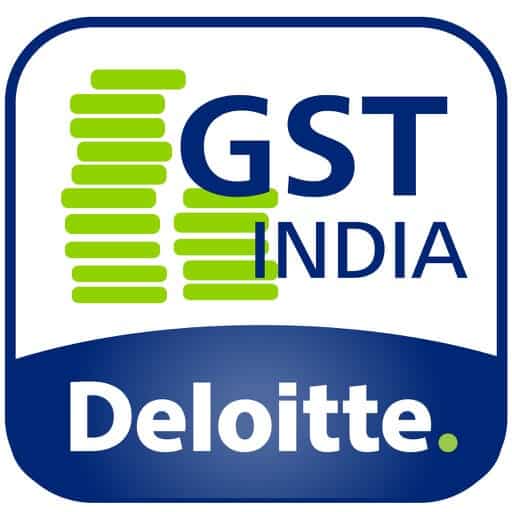A Deloitte Partner explains how GST impacted manufacturers, service providers differently
MS Mani, Partner, Deloitte India does a comparison of pre-and post-GST times. Here are edited excerpts from his interview to ET Now’s Tamanna Inamdar:
Are we better off with GST than without? And is it as simple a tax because it was meant to be?
Let me check out it only from a business perspective. I will put it in two buckets — what does it mean for manufacturers, and what does it mean for service providers. The reason I am doing this is because GST has addressed manufacturers and repair providers differently.
Manufacturers within the pre-GST era had to grapple with A battery of taxes — the central excise duty, and different state VATs that wont to change per annum. A manufacturer who supplied goods all across the country had to affect 29 state tax rates to work out the costing and pricing. Then again, it had been not only one tax in a number of the states — there was a surcharge, there was a further tax and there have been yet other taxes which were embedded to that. So, for manufacturers, GST has been excellent. There is now no got to worry about differential costs except just in the case of logistics.
Now take service providers. Before GST, they were covered only by one central tax called service tax, which mandated that a service provider take one registration for his business for the whole country, pay one amount of tax, file one return. The return had to be filed every six months. Now, after GST, service providers got to obtain a registration in every state they operate. Most of those companies operate altogether the states, so there are 31 registrations. Return filing is monthly, so there are 31X12 returns which require to be filed. So, for them, it’s become a touch more complex than what it had been before.
When you combine the two, I guess the picture becomes better than the pre-GST era.
What of smaller businesses, especially in sight of GST’s well-documented compliance troubles?
For SMEs and MSMEs, it has been a fairly difficult journey to navigate. It has been difficult due to two reasons. The purpose of GST was to broaden the tax base; now, if we’ve to broaden the assets we’ve to urge more and more people into the internet.
That is why over a period of your time we have a rate of tax that’s fair to everyone because we’ve had to hide for tons of SMEs and MSME that haven’t fallen into the tax net.
Now, the complexity for them arises from the fact that the entire compliance process in GST is a digitized process. There are no manual processes. When you have a digitized process, it’s very convenient to certain sets of individuals and really inconvenient surely other sets. It’s the latter category that’s finding compliance difficult.
Some underplay the impact of cess on certain categories and businesses. Your take?
The number of products to which the cess applies is down, and therefore the collections from cess are up. Cess is now applied only on sin products — pan masala, aerated beverages, and tons of automobile products and therefore the like.
In the pre-GST regime, each state wont to tax an entire host of products under cesses, surcharges, and extra taxes.
When you compare thereupon, we a minimum of now have a fewer number of products which magnetize cess.
Now, the collections from cess are more due to the way during which the entire thing has been designed. Bear within mind that the compensation for states was to return from cess. If collections are lower, there would be a drag compensating states.
Follow us at:-
Facebook – Follow Now
Instagram – Follow Now
Twitter – Follow Now



